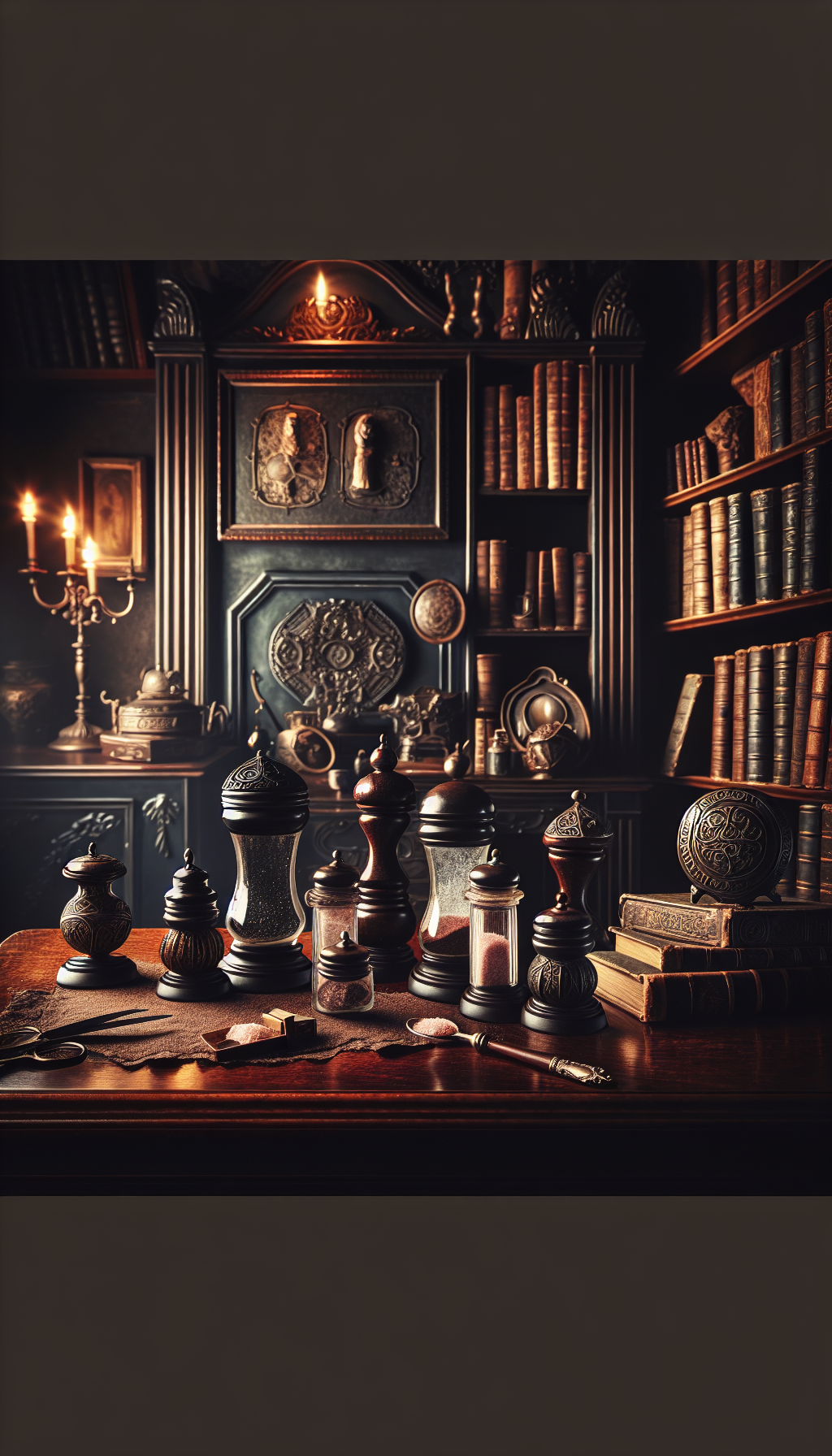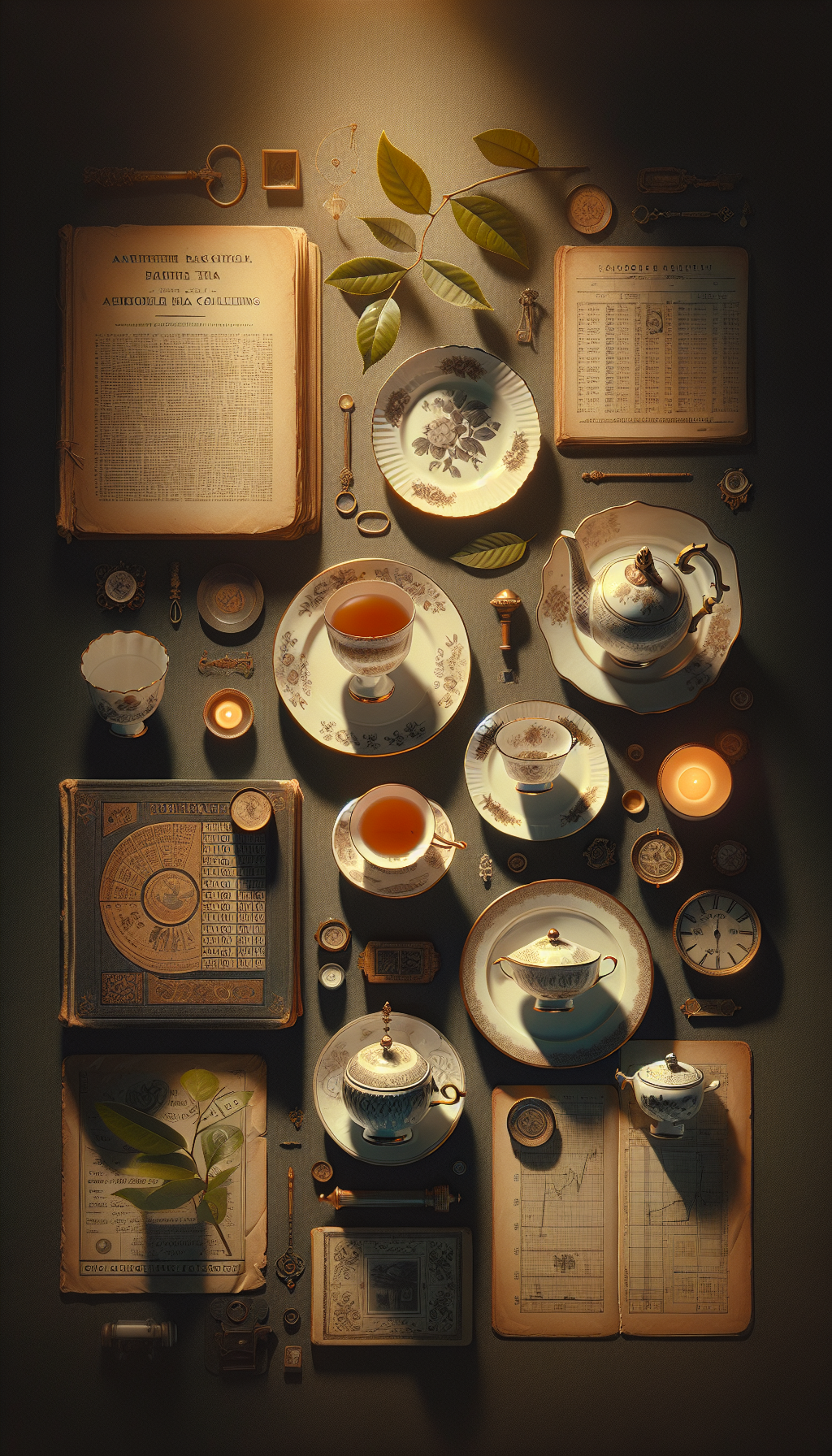Satsuma Decorative Plate Circa Early 20th Century
Collectors and appraisers encounter Satsuma plates so often that “Satsuma” can feel like a catch‑all. Yet the category is specific: low-fired Japanese earthenware with a creamy body, a clear crackled glaze, and dense overglaze enamels and gilding. For a decorative plate from the early 20th century—the Taishō era (1912–1926) into early Shōwa (from 1926)—recognizing the right materials, marks, and motifs is the difference between a casual souvenir and a desirable studio piece. This guide distills what to look for, how to date, what drives value, and how to care for and present your plate to its best advantage.
What “Satsuma” Means in the Early 20th Century
Origins and evolution: Satsuma ware began in the Satsuma domain (present‑day Kagoshima) in the 17th century. By the late 19th century, decoration shifted largely to Kyoto, Osaka, and Yokohama ateliers. These “Kyoto Satsuma” or “Kyo‑Satsuma” workshops produced the richly gilt export wares Western buyers associate with Satsuma today.
Export peak and stylistic arc: The export boom of late Meiji (c. 1890–1912) continues into Taishō. Early 20th‑century plates often show:
- Very fine crackle under clear glaze over a warm buff body.
- Overglaze polychrome enamels with abundant gold, sometimes in raised relief (moriage).
- Dense “brocade” fields (kinran‑de), alternating with figural reserves.
- Common subjects: beauties (bijin), scholars and sages, rakan/Arhat figures, deities (Kannon, Jizō), court scenes, seasonal landscapes, millefleurs, and “100 butterflies” or “1000 faces” patterns.
Workshop vs. master: While great masters (Yabu Meizan, Ryozan of the Yasuda company, Kinkozan studio) were active into the early 20th century, most plates you’ll see are competent workshop pieces for the export market. Finely painted, named works command multiples of anonymous plates of similar size.
Materials, Techniques, and Motifs to Expect
Body and glaze:
- Earthenware body, not porcelain. Look at the unglazed footring: it should be a light buff/tan clay, often with fine pores. Porcelain‑white or glassy stoneware indicates “Satsuma‑style,” not true Satsuma.
- Clear lead‑based glaze with tight, even crackle (kan‑nyu). The crackle is within the glaze; it should not appear as painted lines.
Overglaze enamels and gilding:
- Colors applied on top of the glaze and fired at a lower temperature. Expect iron‑red, coral, rust, moss green, teal, aubergine, soft yellow, and occasional cobalt grounds.
- Gold is thick and often burnished. Raised dots, lines, and beadwork (moriage) appear on borders and garments.
- High‑quality plates show crisp linework, layered shading, facial expression with tiny pupils and eyelashes, and freehand patterning that holds under magnification.
Design layout:
- Borders: Alternating panels with shippo (interlocking circles), key fret, chrysanthemum lozenges, and scrolling vines.
- Reserves: Cartouches with figures or landscapes framed by gilt brocade.
- Backs: Often sparsely decorated. You may see a simple border ring, scattered mons or blossoms, and the mark within a cartouche near the foot.
Form and size:
- Common diameters: 18–32 cm (7–12.5 in). Larger plates (35–45 cm / 14–18 in) exist and magnify both visual impact and restoration risks.
- Cavetto may be shallow; rim sometimes scalloped or lobed, with gilt highlights prone to wear.
Reading Marks and Dating Clues (Meiji–Taishō–Shōwa)
Marks help, but no single mark guarantees age or quality. Use them with material and stylistic cues.
Shimazu crest (mon): A cross within a circle. It evokes the Satsuma clan and appears widely—on authentic Satsuma and on later “Satsuma‑style” pieces. Treated as supportive, not definitive evidence.
Studio and artist marks:
- Kinkozan: Often a gold or red seal reading “Kinkozan” with additional characters; active into the early 20th century.
- Ryozan (Yasuda company): Typically a red or gold lozenge reading 亮山 (Ryozan) and sometimes 安田製 (made by Yasuda).
- Yabu Meizan: An oval or rectangular seal reading 薮明山; genuine signed plates from this master are meticulously detailed and rare.
- Bizan, Seikozan, Taizan, Hododa and other Yokohama/Osaka decorators also appear.
Language cues and import marks:
- “Dai Nippon” (大日本): More common c. 1890–1912. A plate bearing Dai Nippon may be late Meiji or transitional Taishō.
- “Nippon” / “Made in Nippon”: Required on exports to the U.S. from 1891 to 1921. Use cautiously; some later pieces adopted older styles of marking.
- “Japan” / “Made in Japan”: Introduced after 1921, used through 1941 and again post‑1952.
- “Made in Occupied Japan” or “Occupied Japan”: 1947–1952; later than “early 20th century.”
- No mark: Not unusual for workshop plates; rely on body, glaze, and style.
Construction tells:
- Footring: Unglazed, even, with a smooth cut; accumulated kiln grit is fine. A bright white foot or sprayed tint points away from true Satsuma.
- Crackle: Fine, consistent, and under the enamels. Coarse, irregular craze, or lines that run under the foot are warning signs.
Stylistic timeline:
- Late Meiji to early Taishō: Brocade‑heavy, figural panels with copious gold; faces rendered with delicate expression.
- Taishō to early Shōwa: Slightly looser drawing, bolder color blocks, thicker moriage, and more standardized border repeats.
Quality, Condition, and Value Drivers
Painting quality:
- Faces and hands are the litmus test: fine lashes, defined lips, and tonal shading indicate higher tiers.
- Gold control: even, burnished application with intact beading; spilled or pooling gold suggests lower workshop output.
- Pattern density: “Busy” does not automatically mean “better.” Balance, negative space, and compositional rhythm separate masterwork from mass‑market.
Scale and form:
- 24–30 cm plates are the sweet spot for display; larger examples impress but carry exponential restoration costs if damaged.
- Pairs or matched sets typically outperform single plates.
Signatures and provenance:
- Named studio/artist marks with consistent quality can lift values significantly.
- Provenance from early 20th‑century Western retailers/importers or period receipts adds credibility.
Condition factors (and impact):
- Gilt wear at the rim and high points: expected; moderate wear modestly reduces value.
- Enamel loss: more serious than gold rub—look for matte patches or exposed glaze.
- Hairlines and rim chips: heavily penalize value; hairlines often run from rim inward and may fluoresce under UV.
- Overpaint/restoration: modern fills and regilding show under UV and magnification; they stabilize but reduce originality.
Market expectations (broad, non‑binding):
- Anonymous early 20th‑century plates with good painting, 24–30 cm: typically modest three‑figure territory in many markets.
- Better workshop examples with crisp detail, strong condition: higher three figures.
- Named studio/artist, exceptional quality or larger scale: can reach into the low four figures and beyond, with masterworks by the top names substantially higher.
- Heavy wear, repairs, or tourist‑grade wares: entry‑level prices.
Always anchor estimates to current comparables of similar size, subject, quality, and mark status.
Authentication: Workshop vs. Master Hand (and Spotting Reproductions)
True Satsuma traits:
- Cream‑to‑buff earthenware body; fine, even glaze crackle; unglazed foot.
- Hand‑painted enamels with minute brushwork, especially in eyes, hair, and textile patterns.
- Gold that sits atop the enamel with tiny, intentional beadwork.
Common issues and later reproductions:
- “Satsuma‑style” porcelain: white, translucent body; no buff foot; often transfer‑printed outlines.
- Over‑bright palette and coarse crackle: often later reproductions or non‑Japanese copies.
- Stamped “Hand Painted Satsuma” in English alone, or generic crest decals: usually 20th‑century souvenir ware.
- Printed Shimazu mon without hand‑applied surrounds; decals that sit under a clear topcoat.
- Uniform, machine‑regular borders; lack of brush taper on lines when viewed under 10–20× magnification.
Practical tests:
- Magnification: look for start‑stop brush strokes and taper; transfers show dot matrices or uniform edges.
- UV light: modern overpaint fluoresces; old gold usually does not.
- “Ping” test: a true earthenware plate gives a shorter, duller note than porcelain; use care to avoid stress.
Care, Display, and Conservation
Cleaning:
- Dust with a soft, dry brush. If absolutely necessary, wipe with slightly damp cotton, then dry immediately.
- Avoid detergents, solvents, and abrasives; gilding is easily abraded.
Handling and display:
- Handle by the footring with nitrile gloves. Avoid gripping the rim where gold is thickest.
- Use padded plate stands; do not rely on tight spring hangers that scrape rims.
- Keep out of direct sunlight; extended UV exposure can fatigue enamels and adhesives in old repairs.
Storage and transport:
- Interleave with acid‑free tissue and foam. Never stack bare‑to‑bare; raised moriage crushes easily.
- For shipping, double‑box with rigid spacers, immobilizing the plate without pressure on the rim.
Conservation:
- Stabilize cracks and losses with a ceramics conservator. Reversible, documented treatments preserve value better than heavy overpaint.
Practical Appraisal Checklist
Confirm body and glaze:
- Unglazed buff footring, fine crackle under the enamels, earthenware “feel.”
Record mark(s):
- Photograph the mark straight on and at an angle; transcribe characters when possible.
Assess painting quality:
- Faces, hands, and pattern crispness under 10× magnification; look for brush taper and layering.
Measure and weigh:
- Diameter, height, footring width; note weight and balance (useful against porcelain copies).
Condition survey:
- Rim, cavetto, and foot for chips, hairlines, enamel loss, regilding; check under UV.
Date indicators:
- “Nippon” (1891–1921) vs. “Japan” (post‑1921); “Dai Nippon” suggests pre‑Taishō/early Taishō; exclude “Occupied Japan” for early 20th‑century claims.
Subject and composition:
- Note whether figural, landscape, or brocade‑dominant; density doesn’t equal quality—look for finesse.
Provenance and comparables:
- Note any retailer labels, old collection tags; pull 3–5 recent sales of genuinely similar pieces.
FAQ
Q: Is a Shimazu crest on the back proof that my plate is genuine Satsuma? A: No. The Shimazu mon is widely used, including on later “Satsuma‑style” wares. Treat it as supportive only when the body, glaze, and painting quality also align with true Satsuma.
Q: How can I tell if my plate is Meiji or Taishō/early Shōwa? A: Combine clues: “Dai Nippon” or “Nippon” marks point toward late Meiji to 1921; “Japan” indicates post‑1921. Painting in late Meiji tends to be ultra‑fine with carefully modeled faces; early Shōwa often shows thicker moriage and standardized borders. Body and crackle should be consistent with Satsuma in either case.
Q: Can I safely polish the gold? A: No. Do not polish gilding. Gold on Satsuma is soft and often raised; abrasives and even gentle polishing cloths can remove it. Limit cleaning to dry dusting and consult a conservator for soiling.
Q: My plate says “Made in Occupied Japan.” Is it early 20th century? A: It is mid‑20th century (1947–1952). While collectible, it postdates the Taishō and very early Shōwa years that typically define “early 20th century” for Satsuma plates.
Q: Does a signature like “Ryozan” or “Kinkozan” guarantee high value? A: It helps, but quality must match the mark. Workshops sometimes used studio seals across varying output levels, and forged marks exist. Judge the brushwork, gold control, and overall composition alongside the mark, and verify with reliable comparables.
By focusing on the clay body, crackle, overglaze technique, mark context, and the minute decisions of the painter’s hand, you can place an early 20th‑century Satsuma decorative plate accurately in time and quality—and present it with confidence to collectors or clients.



